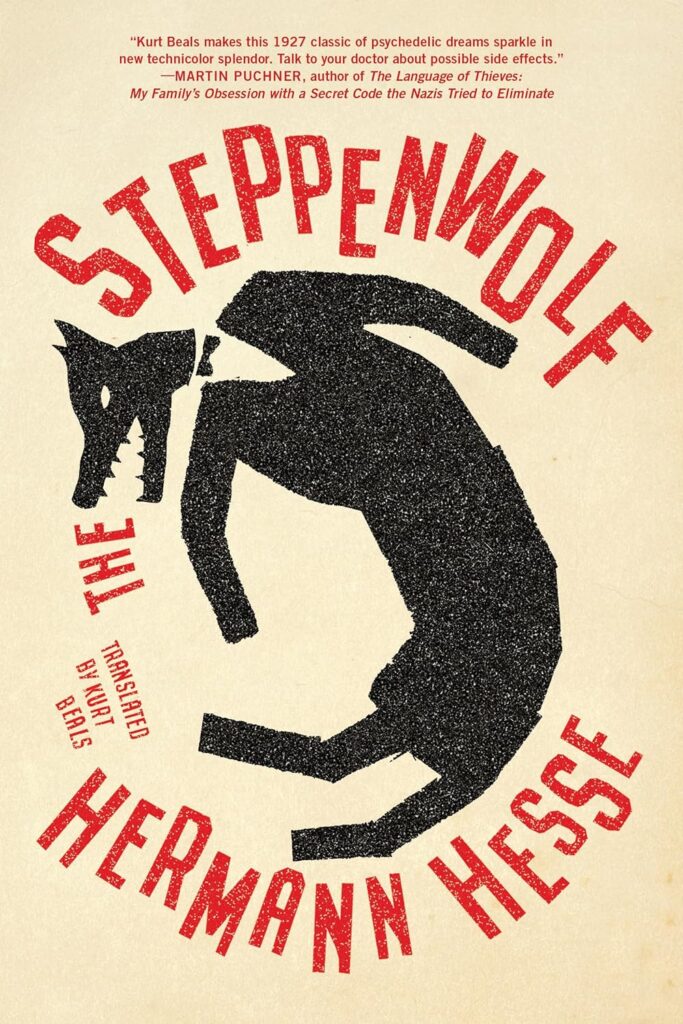 In the tumultuous sea of post-World War I Europe, Hermann Hesse’s Steppenwolf emerged like a shadowy comet, streaking across the literary horizon in 1927, capturing the restless, disillusioned spirit of its time. Set against the backdrop of a world shattered by war and uncertainty, the novel probes deeply into the heart of individual despair, isolation, and the complex machinery of human identity.
In the tumultuous sea of post-World War I Europe, Hermann Hesse’s Steppenwolf emerged like a shadowy comet, streaking across the literary horizon in 1927, capturing the restless, disillusioned spirit of its time. Set against the backdrop of a world shattered by war and uncertainty, the novel probes deeply into the heart of individual despair, isolation, and the complex machinery of human identity.
Initially, Steppenwolf met with mixed reception. Admirers hailed it as a revolutionary exploration of self and society, a book bravely confronting existential dread long before such terminology became fashionable in literary circles. Others, however, dismissed it as overly introspective, indulgent—a work perhaps suited only for the melancholic souls who sit sipping bitter coffee in gloomy cafés, brooding over the futility of human existence.
Yet, alongside contemporaneous works like James Joyce’s Ulysses or Virginia Woolf’s To the Lighthouse, Hesse’s novel carved a distinctive niche. While Joyce juggled wit and Woolf subtlety, Hesse presented a raw, almost bruising honesty—a bitter, medicine-like tonic for the introspective soul. “Words do not express thoughts very well,” Hesse writes, “They always become a little different immediately after they are expressed, a little distorted, a little foolish.”
The narrative unfurls around Harry Haller, a lonely intellectual nearing fifty, caught between societal convention and savage instinct—both man and wolf. Haunted by duality, he finds refuge neither among the bourgeois nor the bohemians. His existential crisis deepens until he encounters the mysterious and enchanting Hermine, who draws him into the ephemeral pleasures of jazz clubs, dance halls, and the bizarre “Magic Theatre.” There, reality and hallucination merge, and Harry’s fragmented identity confronts an array of dizzying possibilities: the terrifying freedom of infinite choice, the dizzying spectacle of self-discovery, and the unsettling awareness of life’s inherent absurdity.
Themes of isolation, identity, and the absurdity of human existence saturate the novel. The conflict between rational man and the instinctual wolf captures the heart of modern anxiety—anxiety born uniquely in the early 20th century. The technological advancements, rapid urbanization, and horrors of industrial warfare shattered traditional values, leaving individuals adrift between societal expectations and primal impulses. Harry’s turmoil symbolizes this new existential struggle, torn between the cultivated self imposed by society and the wild authenticity of primal instincts.
Nihilism underpins Harry’s internal struggles profoundly. Indeed, Hesse mirrors the bleakness of Schopenhauer and Nietzsche. Harry’s bleak reflections resonate with Nietzsche’s pronouncement that “God is dead,” capturing his longing and disillusionment in an indifferent world. Consider Hesse’s biting observation: “Man is not by any means of fixed and enduring form…he is rather an experiment and a transition.”
Schopenhauer’s pessimism—life as endless suffering driven by meaningless desires—also haunts Harry’s experiences. The protagonist’s suffering springs from his heightened consciousness and inability to succumb fully to either the instinctual wolf or rational man. Like Schopenhauer’s tormented vision, Harry perceives life as ceaseless pain interrupted only briefly by illusions of happiness. Yet Hesse challenges this despair with moments of surreal levity, as if whispering sarcastically, “Cheer up, things could always be worse—and indeed, they probably will be.”
The impact of Steppenwolf on literature is profound. Later existentialists like Sartre and Camus seem almost indebted to Hesse’s bleak, yet occasionally comical, exploration of human freedom and despair. Echoes of Harry Haller reverberate through Holden Caulfield’s adolescent angst in Catcher in the Rye, or even Patrick Bateman’s detached brutality in American Psycho. Though stylistically divergent, these characters, like Harry, embody the existential dread lurking beneath modern life’s superficial calm.
Today, Steppenwolf remains strikingly relevant. In an era dominated by digital isolation and existential anxiety wrapped neatly in Instagram aesthetics, Harry’s plight echoes loudly. His loneliness amidst crowds, the internal chaos masked by outward calm—it’s all eerily contemporary. The book appeals profoundly to introspective young adults, intellectually restless individuals grappling with the paradoxes of identity, purpose, and belonging in an overwhelmingly fragmented world.
And yet, even amidst the gloom, the novel winks knowingly at its reader, acknowledging that life’s tragedy often borders absurdity. The irony is deliciously unsettling, a reminder perhaps not to take our own despair too seriously. Life, after all, is “not made up of yes or no,” Hesse suggests with grim amusement, but “of both yes and no.”
Thus, as one navigates the labyrinthine depths of Steppenwolf, one discovers not just existential dread, but also a perverse, cathartic solace—the comfort found in confronting one’s shadows, however grotesque or absurd.
Indeed, Harry Haller’s final realization provides an enigmatic yet illuminating closure: “I understood it all. I understood Pablo. I understood Mozart…I was ready.” Ready for what exactly? Perhaps to embrace life’s dualities, absurdities, and fleeting pleasures with the cautious joy of a cynic who knows too well the tricks of fate, yet decides to play along anyway, for lack of a better alternative.
As Hesse himself prophetically quips: “In eternity there is no time, only an instant long enough for a joke.” And what an enlightening, bitter joke Steppenwolf remains.
Available At

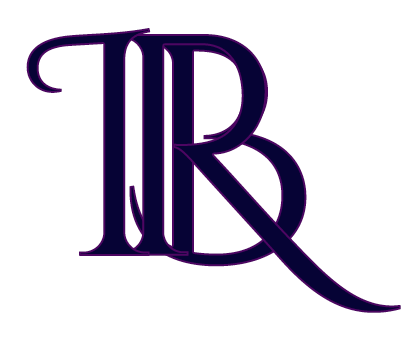
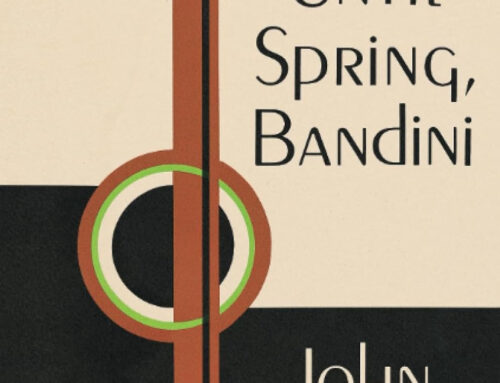
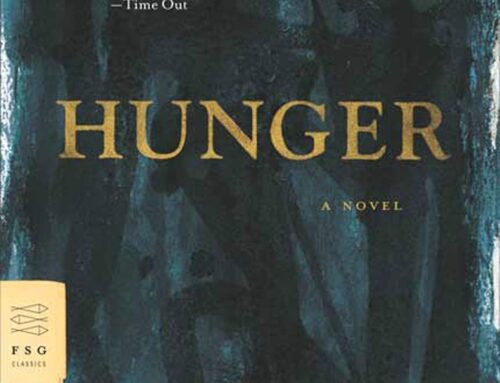
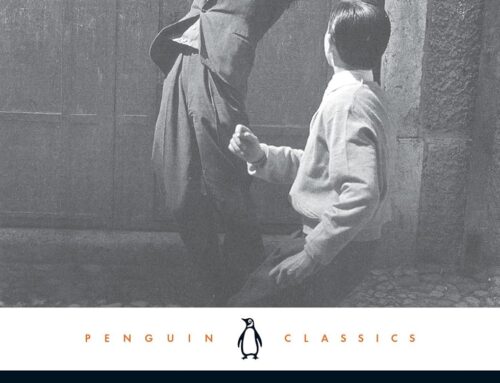
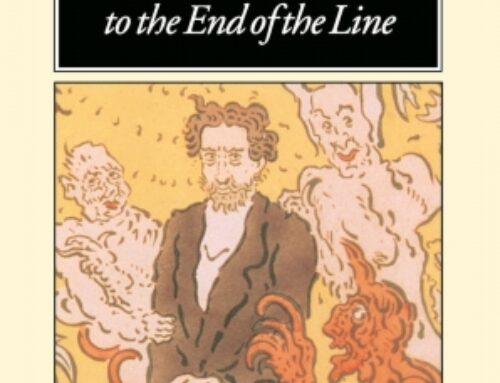
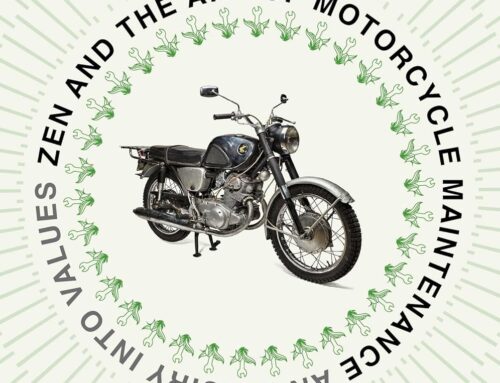
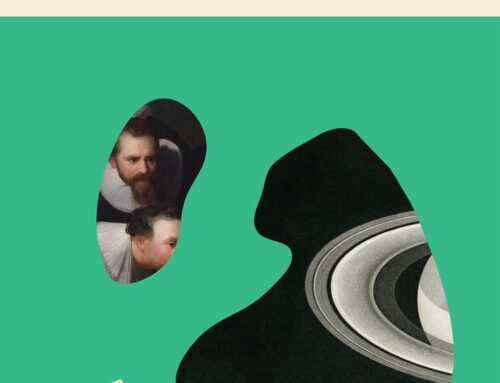
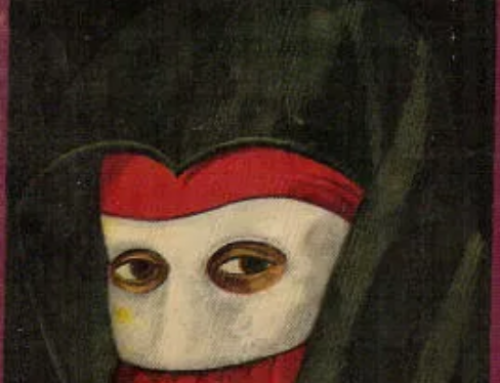
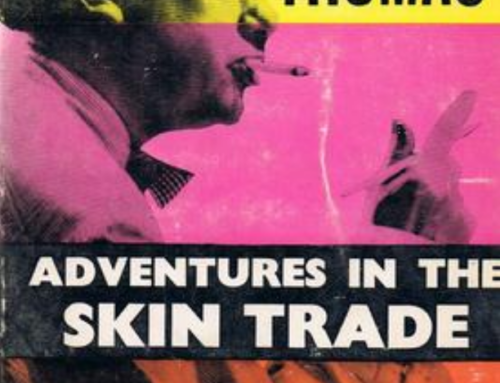
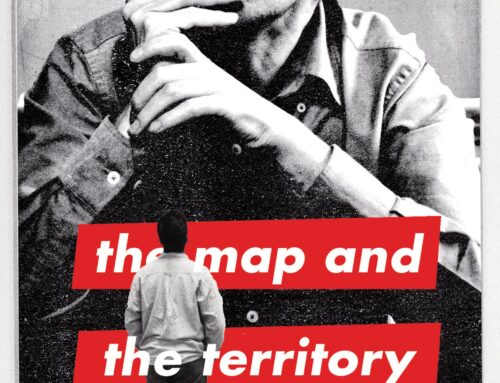
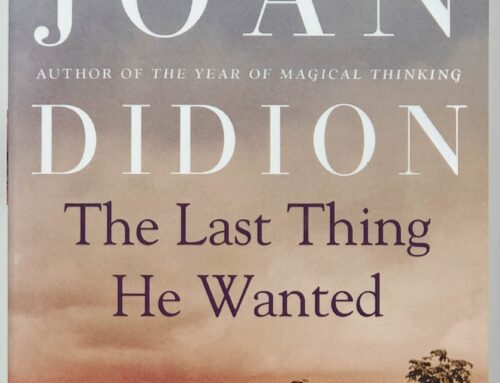
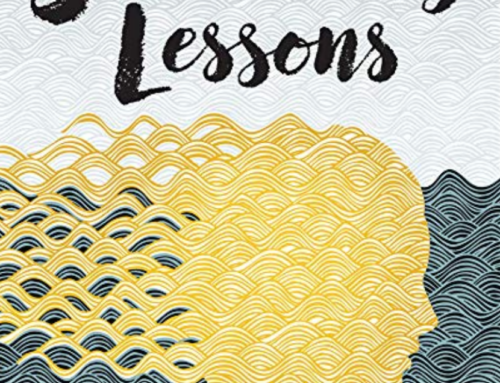
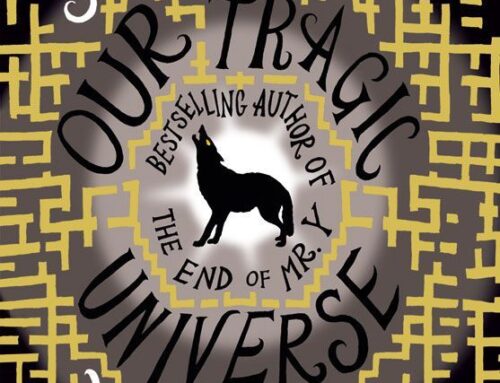
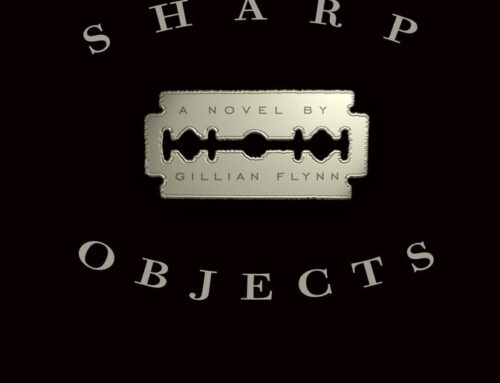
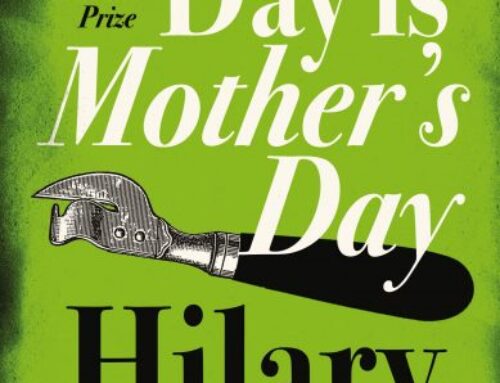

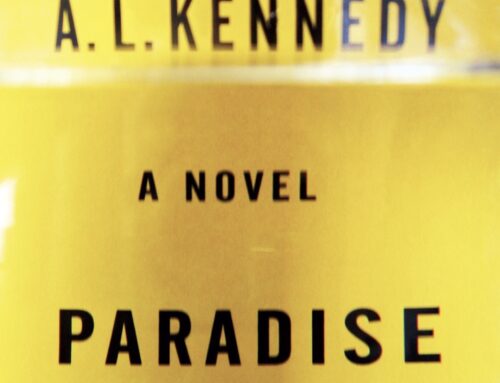
Leave A Comment